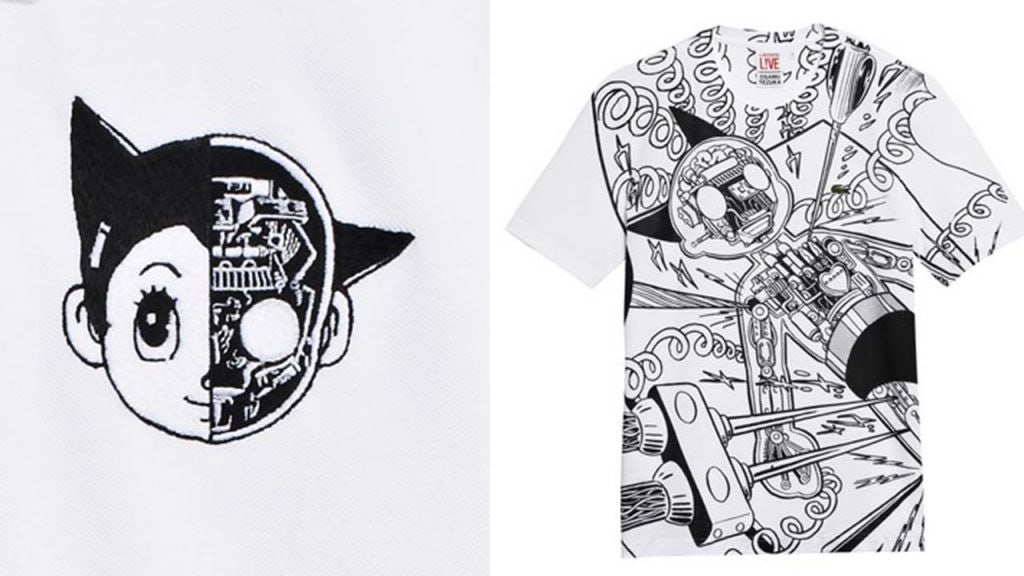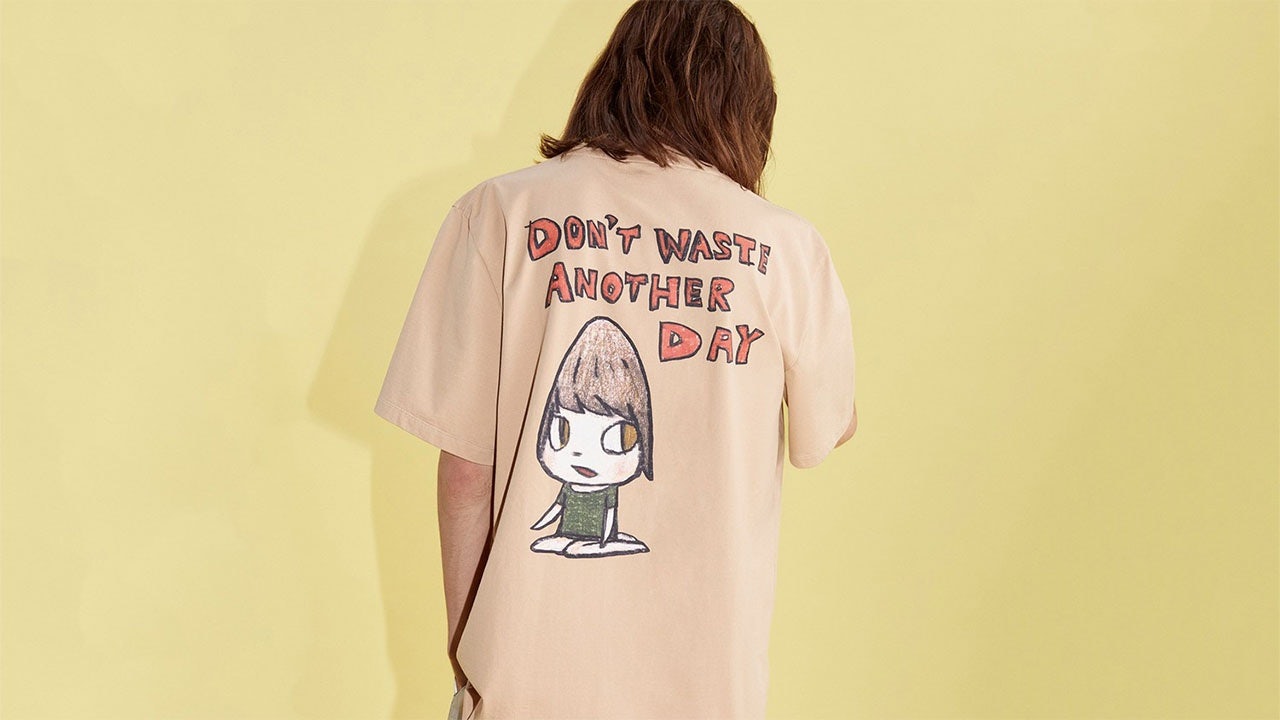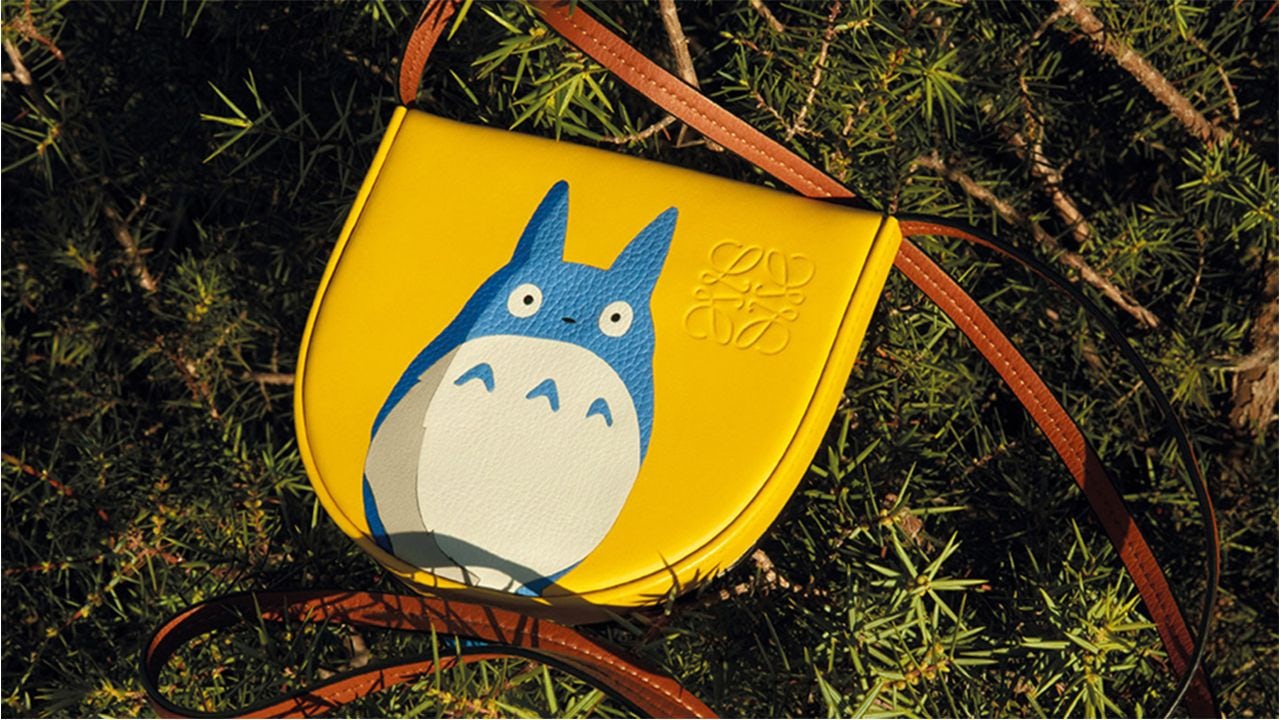Key Takeaways:#
- The Japanese luxury market experienced strong growth on the back of the growing middle-class consumers who enjoyed high incomes and loved to indulge in luxury.
- Japanese artists became a critical instrument for reaching luxury consumers, and brands were eager to partner with the most in-demand local names.
- Chinese and Japanese consumers have similar shopping habits, mentalities, and consumer behaviors.
For obvious reasons, industry insiders often compare China to Japan. Some even argue that China has been following the same consumption footsteps as the Land of the Rising Sun. So, considering how, over the past decade, Japan’s appetite for luxury goods has cooled down, what does that mean for China's future?
Although Japan has a strong history of excellent craftsmanship passed down over hundreds of years, McKinsey & Co. argues that the country’s love of modern luxury dates back to the 1970s. And, as with China, Japan's passion for Western luxury goods was rooted in the belief that European products are of superior quality.
“This idea later evolved into an emotional and social attachment to luxury brands,” says a McKinsey Quarterly report. “Owning expensive European-made products became a badge of economic success and social acceptance.”
Over the following decades, the Japanese luxury market experienced vigorous growth on the back of the growing almost-rich and middle-class consumer markets, which enjoyed high incomes and eagerly indulged in luxury. In a short period, Japan became the engine for global growth in luxury spending, reshaping the industry through the tastes and preferences of its local consumers. As such, Japanese artists became a critical instrument for reaching local luxury consumers, and brands were eager to partner with the most in-demand domestic names.
Louis Vuitton collaborated with Japanese artists Takashi Murakami (2002) and Yayoi Kusama (2012). Meanwhile, Lacoste worked with Tezuka Productions (2013), and Stella McCartney partnered with Yoshitomo Nara (2021).

Between 1989 and 2004, Japan “was the largest luxury market in the world, with a share that peaked from 1997 to 2002 at 30.5 percent average,” according to Luxury Tribune. Erwan Rambourg also commented that the Japanese “accounted for more than half of Louis Vuitton's sales as late as 2003.”
These were the years when middle-income consumers hoarded Louis Vuitton and Hermès bags because these leather accessories secured entrance into certain social classes. This kind of consumer behavior is typical for collectivistic societies like those in China, Japan, India, and Korea, where a strong emphasis on conformity, hierarchy, and respectfulness can be found.
The Chinese and Japanese have similar shopping habits, mentalities, and consumer behaviors. As such, they have worked through the same trend cycles. In fact, China's latest “cute,” or Meng (萌), style is indistinguishable from Japan’s Kawaii trend.
Against this backdrop, luxury brands must prepare for when Chinese HENRYs and office workers follow in Japan’s footsteps and chase more authentic engagements with brands.
In the future, a luxury leather accessory will not hold the same power as a personalized travel experience or customized tour. In fact, a mindful shopping phenomenon is already underway in Japan. Fashionable office ladies have discovered fast-fashion brands and a new high-low style. H&M, Muji, and Uniqlo are very popular with the trendy urban population because of their affordability, versatility, and fashionable designs.
At the same time, consumer trends are changing at astonishing speeds in China. While Japan took decades to arrive at luxury fatigue and embrace mindfulness, the Chinese are moving faster, rapidly embracing and devouring trends as they move toward healthier and more meaningful minimalist lifestyles. Accordingly, luxury brands need to be prepared for a future when China will no longer carry most of the weight of the industry on its back.

